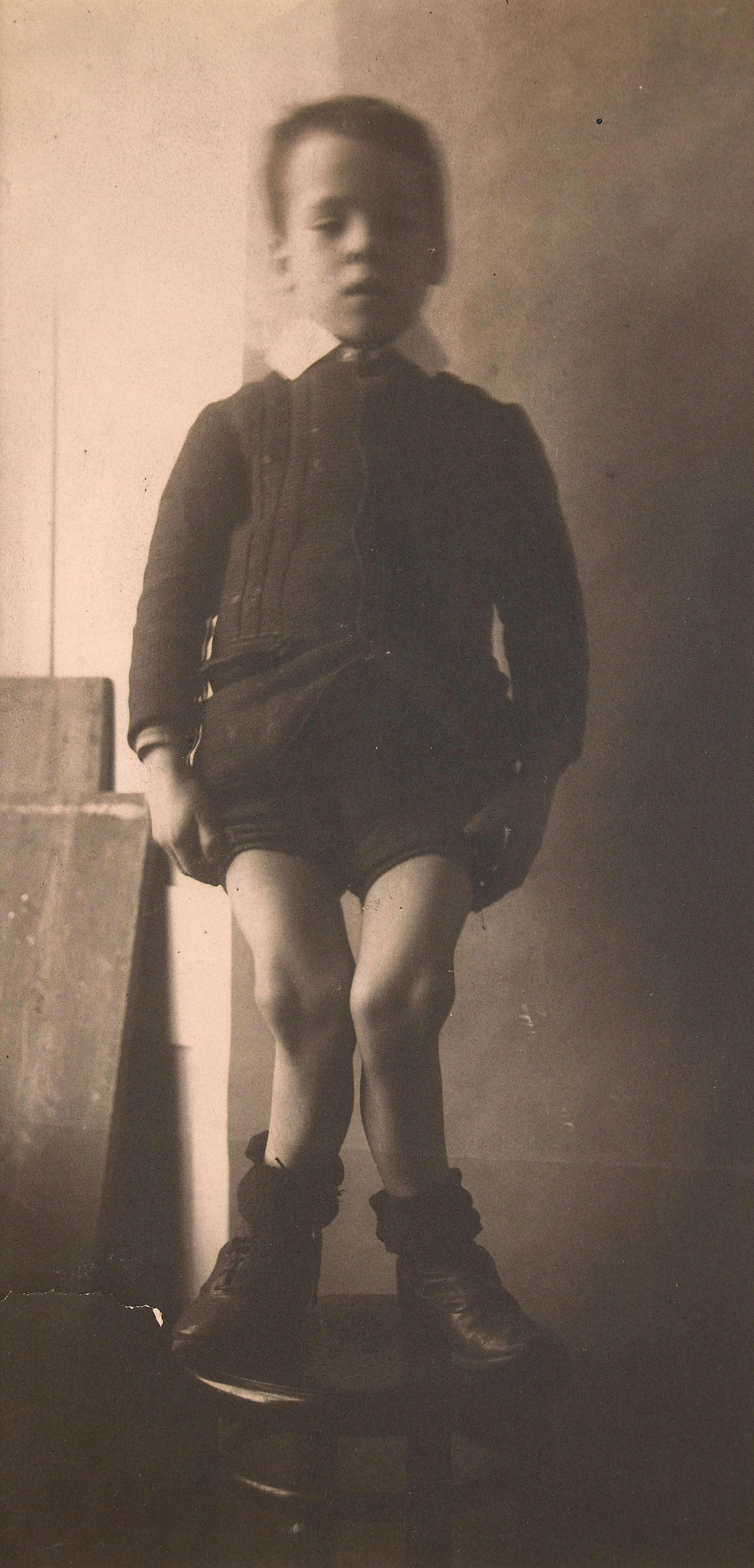Skeleton of an adult female with osteomalacia (rickets) 1857

-
Description
"During the eighteenth and nineteenth centuries, rickets became common in the urban areas of industrialized nations. Rickets is usually a disease of children marked by a softening of bone due to lack of vitamin D, or lack of sunlight that synthesizes vitamin D. This skeleton is an example of osteomalacia, the adult form of rickets. The pelvis and long bones of the lower extremities are extremely deformed. The horizontal position of the sacrum, the broad sickle-shaped fibulae, and a severe lateral curvature of the spine are all characteristics of rickets. The skull, upper extremities, and feet are well formed." -
Owner
nicknormal -
Source
Flickr (Flickr) -
License
What does this mean? Attribution-NonCommercial-NoDerivs License
-
Further information
Link: https://www.flickr.com/photos/58347531@N00/50764923892/
Resource type: Image
Added by: Simon Cotterill
Last modified: 1 year, 6 months ago
Viewed: 490 times
Picture Taken: 2018-10-05T16:06:07 -
Co-Curate tags



